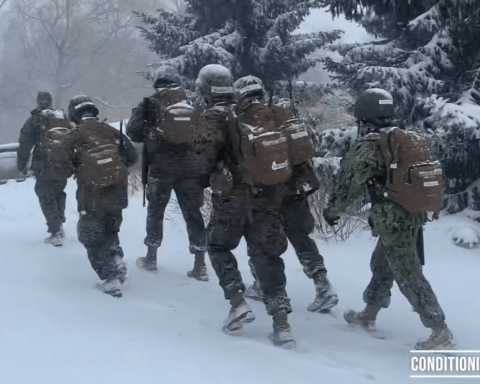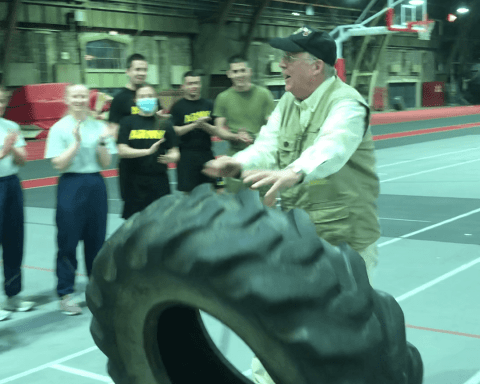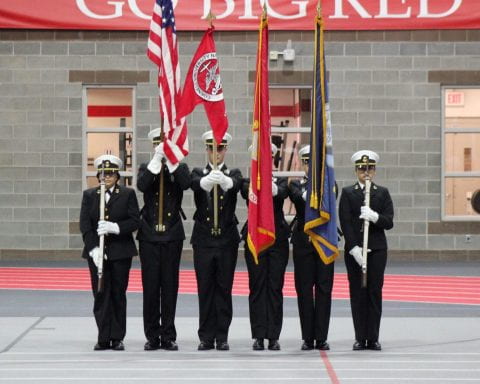Careers
Navy Option
Navy Option Midshipmen conventionally choose from the unrestricted line communities such as SWO, SWO(nuclear), Submarine, Aviation, and Special Warfare and Operation. There is also a possibility to go into a restricted line community such as Intelligence, Cryptologic Warfare, Oceanography, etc. The restricted lines are highly competitive with only a limited number of billets available every year. The unrestricted lines are the more viable and common career paths for ROTC Midshipmen. Factors such as GPA, degree, class standing, and ROTC class size all factor into which career path you qualify for.
Surface Warfare Officer (SWO)
The backbone of the U.S. Navy Officer Corps, officers in this career path have many options as to their specialty, career timing, and location. Primarily in charge of managing Operation Tactics, Engineering, and Weapon Systems on Surface Vessels, they make sure our ships are operating at the fullest. Most SWO’s are floating about on Carriers, Cruisers, Destroyers, Mine Counter Measure (MCM) ships, and Combat Logistic Force ships.
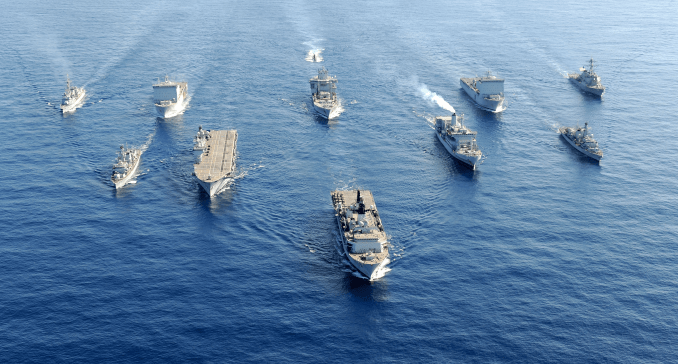
Surface Warfare Officer (Nuclear) and Submarine Officer
Although similar to regular SWO’s, officers in this pipeline have less freedom in terms of career flexibility. They attend several Nuclear pipeline schools such as Nuclear Power School and Nuclear Prototype Training throughout their stay in the U.S. Navy. They are stationed mostly on Submarines and Carriers, where they are initially tasked with taking care of the Nuclear Reactor at the basic levels, and working their way up to leadership positions.
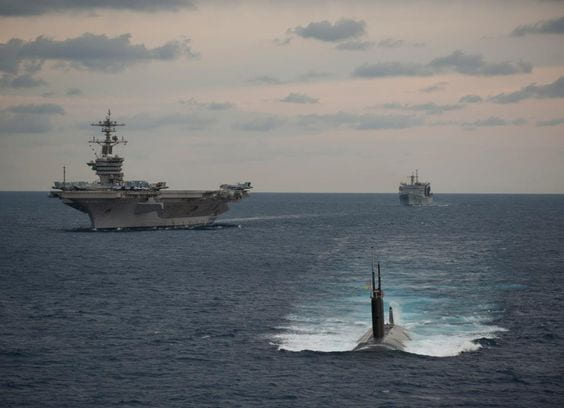
Aviation
Midshipmen selected for the Aviation community have the longest required stay inside the U.S. Navy at 8 Years (after obtaining your wings), due to the cost and extent of the flight training. After first passing a flight physical and receiving a satisfactory score on the ASTB (Aviation Selection Test Battery), candidates are sent to IFS (Introductory Fight Screening) where they learn the basic behind flight in a general purpose aircraft (Single Propeller). Afterwards they attend API (Aviation Preflight Indoctrination) and move to Primary Flight Training. This is where your flight platform is decided based on class standing, the needs of the Navy, the instructors, and your physical body. From here candidates move on to Secondary Flight Training which specializes on their platform and then sent out to the fleet.
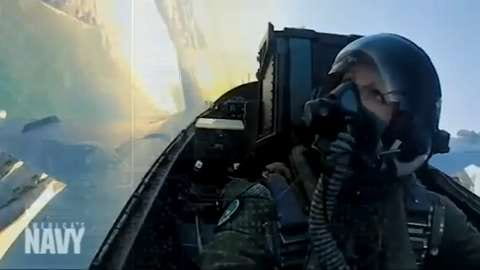
Special Warfare
Training to be SEALs the community is highly selective, very rigorous, and composed of many stages, with the dropout rate for candidates sitting at around 75%, being only slightly better for those seeking to be officers. The core of the training received happens during BUDS (Basic Underwater Demolitions Training) a 6 month course where officers receive instruction in the planning and conduct of all phases and forms of hydrographic reconnaissance, land and underwater demolitions, individual and crew served weapons, small unit tactics, land reconnaissance, and various types of SCUBA.
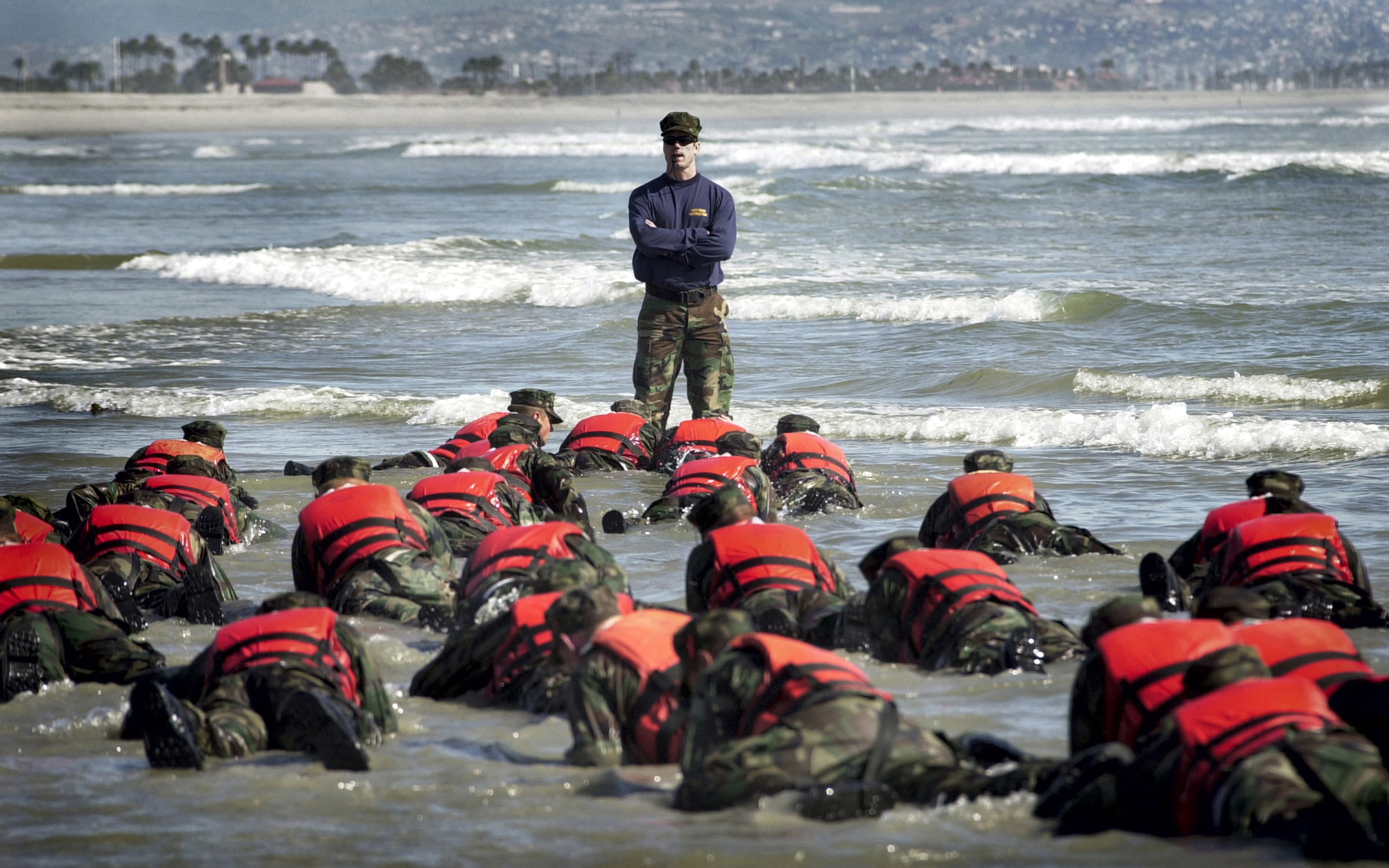
Special Operations
Also as competitive but with better dropout rates, the SPECOPS community provides a sustained, cost effective, and ready capability in four functional areas:
- Explosive Ordnance Disposal (EOD)
- Diving and Salvage (D&S)
- Expendable Ordnance Management (EOM)
- Mine Countermeasures (MCM)
The SPECOPS community is responsible for all aspects of Navy diving and salvage, and membership requires a general understanding of all facets of diving (surface supplied, mixed gas, and saturation). In fact, diving provides the common base that assures compatibility of the four SPECOPS functional areas. Most aspects of conventional and nuclear weapon production, renovation, and logistic support are also within the scope of a SPECOPS officer’s duties.
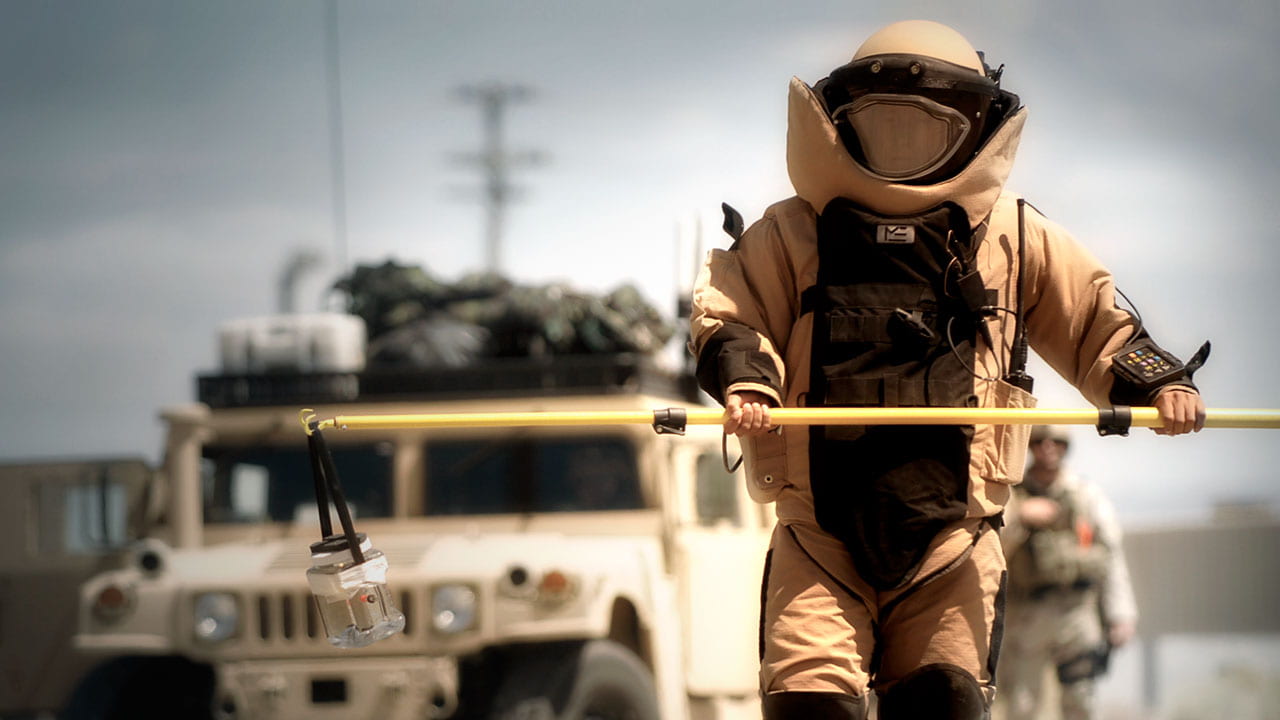

Marine Option
The Basic School (TBS)
After graduation from OCS and receiving one’s degree, Marine Options attend TBS a 6 month long training evolution in Quantico, Virginia, where they learn the basics behind leading a platoon and becoming a rifleman. From land navigation and decision making, to tactics and administration, this is where the core instruction for leading Marines comes from. This also serves as a proving ground for individuals, with those ranking the highest having a higher chance of receiving their choice of their desired MOS.
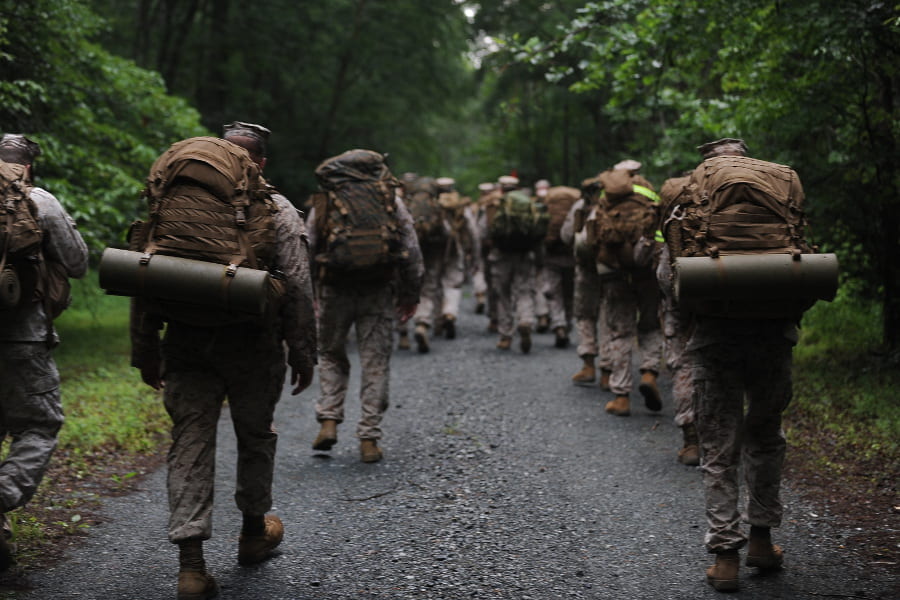
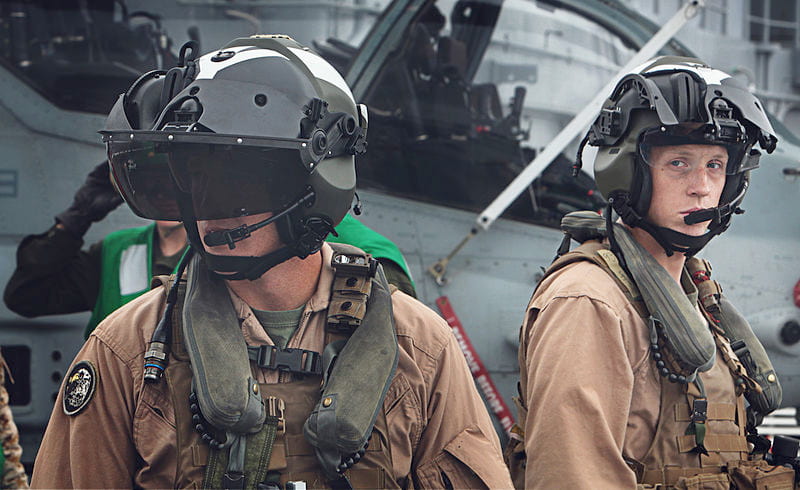
MOS (Military Occupational Specialty)
An MOS is a combination of 4 numbers used as a method to identify ones career and job. Potential MOS within the Marine Corps include, but are not limited to:
- 0301 Basic Infantry Officer
- 0201 Basic Intelligence Officer
- 0401 Basic Logistics Officer
- 0601 Basic Communications Officer
- 0801 Basic Artillery Officer
- 1301 Basic Combat Engineer Officer
- 5801 Basic Military Police Officer
Aviation
Identical to the Navy Options with the exception of having to fulfill the Marine Officer requirements of OCS and TBS, and having different post Primary Flight Training flight platforms.

